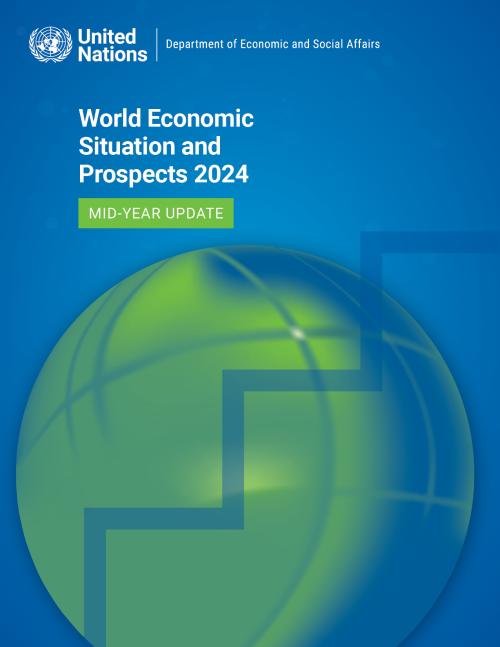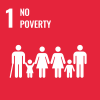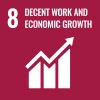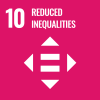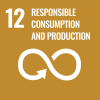Global economic prospects have improved since January, with major economies avoiding a severe downturn, bringing down inflation without increasing unemployment. However, the outlook is only cautiously optimistic. Higher-for-longer interest rates, debt sustainability challenges, continuing geopolitical tensions and ever-worsening climate risks continue to pose challenges to growth, threatening decades of development gains, especially for least developed countries and small island developing States.
According to the World Economic Situation and Prospects as of mid-2024, the world economy is now projected to grow by 2.7 per cent in 2024 (+0.3 percentage points from the January forecast) and 2.8 per cent in 2025 (+0.1 percentage points from the January forecast). The upward revisions mainly reflect a better outlook in the United States, where the latest forecast points to 2.3 per cent growth in 2024, and several large emerging economies, notably Brazil, India and the Russian Federation. The outlook for China registers a small uptick with growth now expected to be 4.8 per cent in 2024. On the other hand, the economic outlook for Africa has deteriorated since the last release, with expected growth lowered by 0.2 percentage points for 2024, threatening adverse impacts for many of the world’s poor. On average, global growth in the coming years is expected to remain below the average of 3.2 per cent during 2010–2019.
Economic environment remains fragile for small island developing States
Economic prospects for small island developing States (SIDS) are projected to improve, with GDP growth increasing from 2.4 per cent in 2023 to 3.3 per cent in 2024, primarily driven by a sustained rebound in tourism. However, SIDS remain vulnerable to spikes in international commodity prices due to their high import dependency on essential goods. Frequent extreme weather events and high public debt also pose significant challenges.
“The SIDS outlook for 2024 is promising, but we mustn’t get complacent,” said Li Junhua, United Nations Under-Secretary-General for Economic and Social Affairs and Secretary-General of the fourth International Conference on Small Island Developing States, to be held in Antigua and Barbuda on 27–30 May 2024. “We need to think differently about our support to SIDS, mindful of their unique vulnerabilities. Through more effective partnerships and a more favourable international environment we can create the space that SIDS need to shore up their domestic capacities and build resilience for the future.”
Developing economies face persistent challenges despite global disinflationary trend
Although softening international commodity prices and tight monetary stances adopted by most central banks have set the global economy on a disinflationary path, several developing economies continue to grapple with stubbornly high inflation. Many developing economies also face challenges such as elevated borrowing costs, persistent exchange rate pressures, and lingering political instability.
The stagnant employment situation in developing economies contrasts with that of developed economies, particularly in North America, Europe and Japan, where unemployment rates remain near record lows. Furthermore, the near-term outlook for certain economies is clouded by potential intensification of geopolitical tensions and multiple conflicts across the world.
Harnessing potential of critical minerals for sustainable development
The report discusses how the growing use of critical minerals for accelerating the energy transition can also be an opportunity for achieving the Sustainable Development Goals in many developing countries. Countries endowed with critical mineral resources will, however, need smart policies, as well as effective implementation capacities to reap the benefits and avoid a renewed ‘resource curse’, the report underscored.
Moreover, international cooperation will remain crucial to facilitate technology transfers and financing to developing countries, combat illicit financial flows and ensure the supply of the critical minerals needed for the green transition. Many of these issues will be covered by the recently announced Secretary-General’s Panel on Critical Energy Transition Minerals, which will develop a set of common and voluntary principles to build trust and transparency, while accelerating the race to renewables.
 Welcome to the United Nations
Welcome to the United Nations
